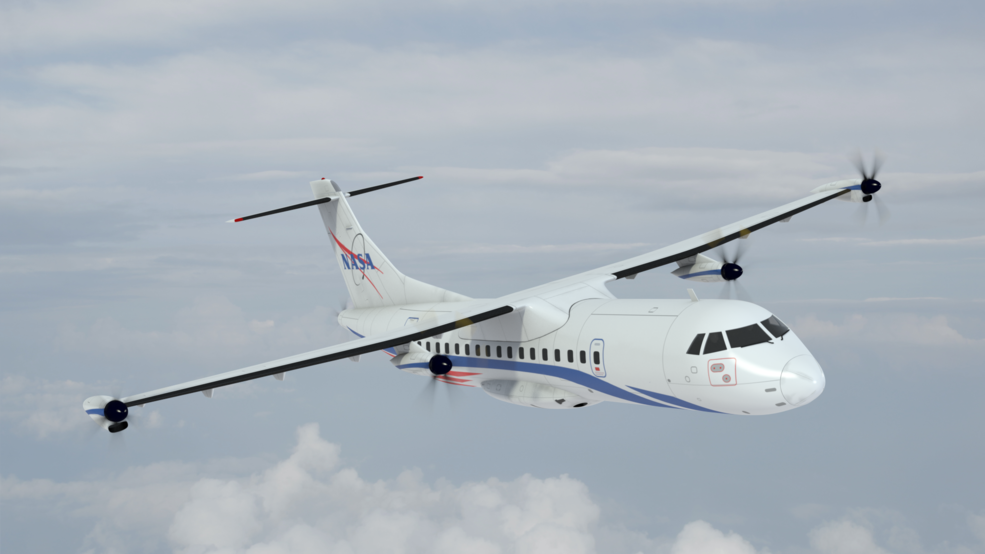NASA Takes Steps to Reduce Aviation Emissions, Invigorate US Economy

NASA is seeking proposals for ground and flight demonstrations of integrated megawatt-class powertrain systems for subsonic aircraft. The deadline for proposals for this solicitation is 5 p.m. EST April 20.
The demonstrations will help rapidly mature and transition integrated Electrified Aircraft Propulsion (EAP) technologies and associated EAP vision systems for introduction into the global fleet by 2035. Integrated EAP concepts are rapidly emerging as potentially transformative solutions to significantly improve the environmental sustainability of the next generation of subsonic transport vehicles. EAP electrical systems are being developed to replace or boost fuel-burning aircraft propulsion systems, analogous to how electric or hybrid motors are used in automobiles.

“The release of this request for proposals represents an important next step as NASA partners with industry to further mature critical EAP technologies through demonstrating integrated megawatt-class powertrain systems in flight,” said Lee Noble, NASA’s Integrated Aviation System Program director. “These flight demonstrations have strong applicability to sustainable and highly-efficient aircraft powertrain systems that will facilitate continued U.S. competitiveness for the next generation of commercial transport aircraft.”
Though partnerships with U.S. industry, NASA intends to accelerate integrated megawatt-class powertrain system maturation and transition to the global fleet, as well as identify and address gaps in regulations and standards and acquire necessary ground and flight test data to advance design and modelling tools pertinent to future aircraft products with an EAP system.
NASA and industry studies have shown that EAP concepts can reduce energy use, carbon and nitrogen oxide emissions, and direct operating costs resulting in benefits for both the public and the airline operators. NASA and its industry partners have identified turboprops, regional jets, and single aisle aircraft serving the thin-haul (very short flights), regional, and single-aisle markets as targets of opportunity for this technology.
To turn the promise of EAP benefits into reality, NASA’s Aeronautics Research Mission Directorate has made a critical commitment to demonstrate practical vehicle-level integration of megawatt-class EAP systems, leveraging advanced airframe systems to reinvigorate the regional and emerging smaller aircraft markets, and to strengthen the single-aisle aircraft market. The Electrified Powertrain Flight Demonstration project directly supports retaining U.S. leadership in the aerospace manufacturing sector, the largest net-exporter of all U.S. manufacturing sectors.
For more information about NASA’s aeronautics programs and projects, visit:



